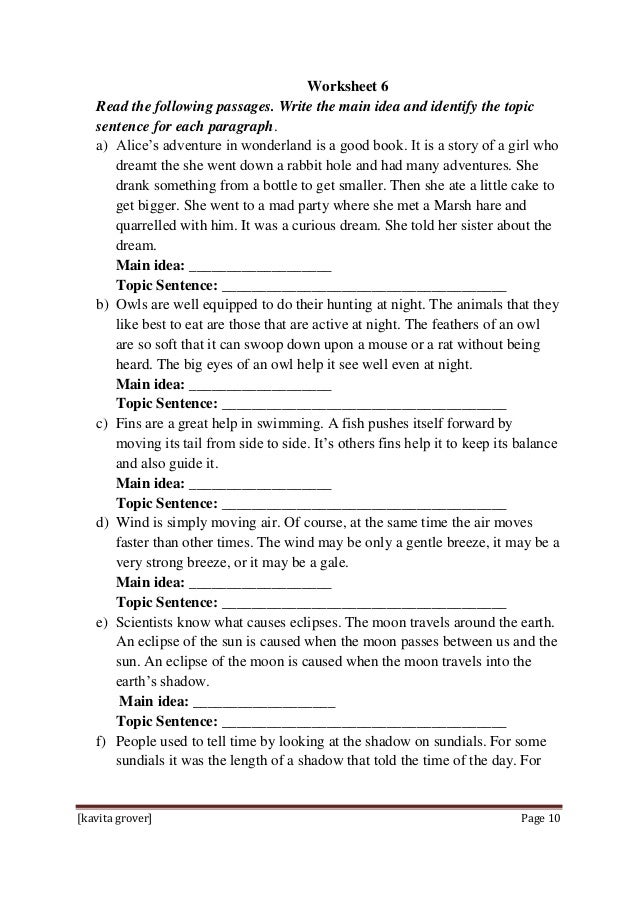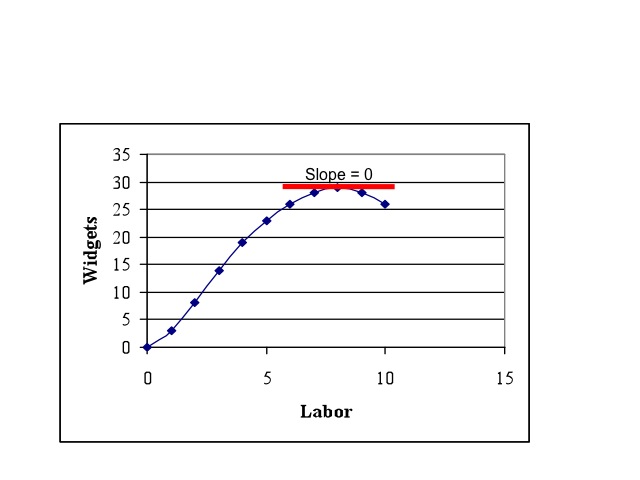Social Studies Strategies
10. Realia Strategies Realia is a term that describes real things that are used to draw background knowledge for vocabulary.
- The teacher will begin with identifying opportunities to use realia in the classroom.
- Then the teacher will collect realia, either from the students or alone.
- The teacher will then begin to build a library of realia in the classroom.
- The teacher could use field trips as realia.
- The teacher could use the students finding realia as a assessment.
Ways the teacher could implement this in the classroom:
- Taking students to a museum
- Having the students bring things from home that represent the social studies topic at the time
- Have students journal about objects that could benefit the idea of realia in the classroom based on that topic.
What Realia may look like in the Classroom:













